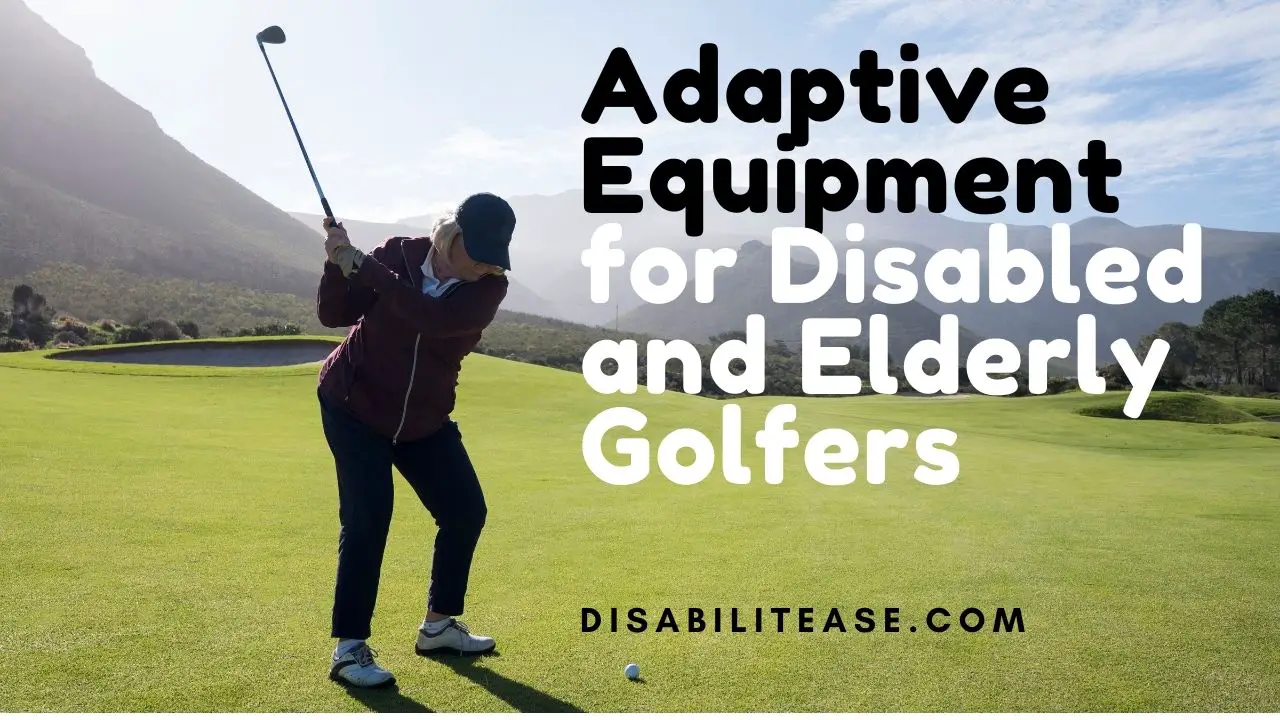Early signs of autism spectrum disorder (ASD) include a propensity to avoid eye contact, and problems with eye contact can last a lifetime. This issue can pose substantial social and professional challenges and might be the root of social cognition deficiencies in ASD.
Hence, this subject has attracted a lot of clinical and scientific attention.
Here is a related article that might interest you on What Are The 5 Main Symptoms Of Autism?
Table of Contents
Why Do Those with Autism Avoid Eye Contact? Why is Eye Contact Important?

We know that making eye contact when talking or listening to someone expresses their interest and attentiveness.
We frequently need to keep eye contact to recognize and act upon crucial social signs from others. Thus naturally, avoiding eye contact might lead to people assuming that you are uninterested, inattentive, or rude.
Why Is Making Eye Contact Hard And Upsetting For Autistic People?
People with autism usually experience sensory issues, including avoiding eye contact. Since eye contact stimulates a person, autistic people prevent it, leading to the widely known phenomenon of eye contact avoidance among autistic people.
According to research, not making eye contact isn’t a sign of disinterest or lack of empathy. It is challenging to interact with autistic people, especially children because they cannot express their desires or feelings through eye contact.
Several studies found no evidence that making eye contact with autistic children caused them to feel uncomfortable.
Nevertheless, the research findings are sufficient to make one reconsider the effects of pressuring children to engage in the conduct.
People with autism may need to gaze into somebody’s eye to perform a task during therapy. But pressuring individuals with ASD to make eye contact could make them very anxious.
Does A Lack Of Eye Contact Always Imply Autism?
Numerous studies have examined why people with autism tend to avoid eye contact. It was assumed that disinterest was to blame for the breakdown of eye contact.
Research, however, showed that refraining from this action isn’t a reflection of “not caring.” This could also be clear from the comments made by autistic people who had difficulty making eye contact.
Those with normal brain development usually interpret this as a sign of social disinterest.
On the other hand, It was discovered that avoiding eye contact among autistic people was a reaction to an unsettling feeling they experienced. It has been found that this activity is thus a means of reducing the unpleasant excessive stimulation that is triggered by their brain.
Do We Need To Force Making Eye Contact With Autistic People?

Like with several topics, it usually depends on the circumstances.
It is strongly advised that you consider what the situation implies to your child. It would be best if you considered factors like whether it makes it more difficult for the child to pay attention when making eye contact.
Alternative Methods of Expressing Interest
An autistic child might pay less attention when you request eye contact since it is upsetting for them. Thus, it would be best if you look for different methods for them to show their interest to people.
For instance, after outlining the significance of showing their interest in the person nonverbally, you can show them how to maintain eye contact while maintaining a conversational distance.
This includes addressing any propensity to get distracted mid-conversation. You could also teach them certain socially acceptable phrases to show that they are paying attention, such as “yeah” or “okay,” for instance.
You can also help them realize that these brief remarks can be made when the other person pauses rather than during their speech.
Also, make sure to check out my post on What Does Autism Spectrum Disorder (ASD) Look Like In Adults?
Promoting Eye Contact with Sensitivity
You can introduce a tailored therapy program under a skilled expert’s supervision. Behavioral therapists employ different strategies to promote eye contact.
These might involve extending eye contact during discussion and promoting eye contact that naturally occurs and spontaneously.
It’s critical to teach new skills in modest steps and gradually raise your goals as the child improves. You can train them in relaxed, isolated settings without many distractions.
It would be best if you also remembered that there might be more pressing matters at hand than maintaining eye contact in certain circumstances.
For example, when attempting to recall something, we usually tend to break eye contact.
Promoting Interests
Another strategy to promote eye contact among an autistic child is to bring up special interests. You can consider discussing a specific topic the child likes to discuss.
This is because it is more probable that they will glance up at you when talking about these topics. This can be, hence, a fantastic method to boost his confidence.
Visualized Aids
Naturally, it’s possible that your child does not create sufficient eye contact for you to consider it a success and reward them for it frequently.
You can attempt various techniques to catch their eyes in that situation. This could be as visible as you employing a visual aid or lightly tapping your eyelid in a motion that begins within their line of sight.
According to studies, most autistic children tend to react better to visual stimuli than spoken instructions. Thus, visual aids can be particularly effective in reinforcing expectations.
In such situations, you may use an image of an eye or the phrase “look” printed on a note card. You would, however, have to stop using these prompts.
Psychiatric Counseling and Social Skills Classes
Eye contact and attention are great qualities for your autistic child and the behavioral therapist they are working with for working together if they are currently seeing one.
You can work with your child on tailored suggestions with a behavior analyst or educator.
A variety of behavioral techniques that might promote eye contact in the child’s natural environments, including home, school, and during play, can be included in this.
These approaches need to act as a Launchpad for further behavioral support that involves the aid of experts.
Conclusion
Normal people maintain eye contact because it is their regular way of life. And also because it is a natural behavior of the brain in normal people.
However, autism can hinder brain functionality in a number of ways. And that’s why they cannot maintain eye contact.

Hi, my name is Eddie, I am a professional trainer specializing in the elderly population and I’m also a website designer. I love training in the gym, going to the beach, traveling, and having good food.
I combined my love for sport and website designing to make “DisabilitEase” whose purpose is to help elderly and disabled people live a more full and active life, have more fun, and enjoy their unique journey despite any disability.



